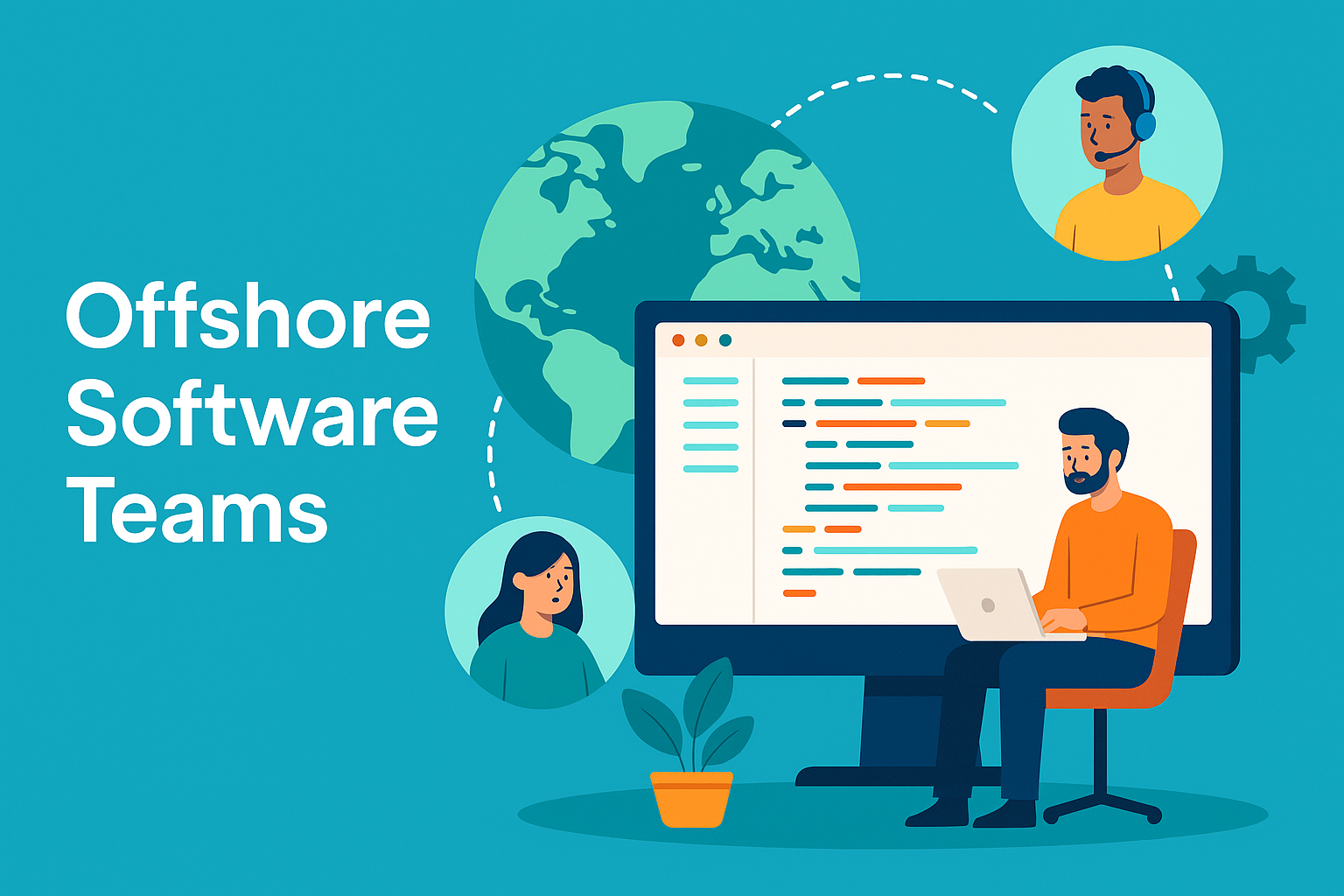Why MVP Development Is Crucial for Startup Success in 2025

Introduction
Launching a new product in today’s fast-moving digital landscape is both exciting and risky. For startups especially, where time, money, and team size are often limited, the Minimum Viable Product (MVP) approach has become the go-to strategy for building and validating new ideas.
In this blog, we’ll break down:
- What MVP development means
- Why it's more relevant than ever in 2025
- How it can make or break your startup’s future
💡 What Is an MVP?
An MVP (Minimum Viable Product) is the most basic version of a product that:
- Solves a core problem
- Has just enough features to satisfy early users
- Is built quickly and cost-effectively
Think of it as a prototype with purpose — not just a mockup, but a working product used to gather real feedback and data.
📌 Example: Dropbox launched with just a simple explainer video to test demand before building the full product.
🧭 Why MVP Development Matters in 2025
1. ✅ Faster Time-to-Market
Speed is everything in 2025. Startups that launch early gain:
- A competitive edge
- Real-world user insights
- Momentum with investors
Instead of spending months building a “perfect” product, MVPs allow you to launch quickly, iterate, and stay ahead.
2. 💸 Saves Time & Money
Building a full product can cost thousands of hours and dollars — and what if it flops?
With MVP development:
- You validate demand early
- Avoid building unnecessary features
- Use funds smartly for future iterations
🎯 MVP = Build small, test fast, fail cheaper.
3. 📊 Validates Market Fit
An MVP helps answer key questions:
- Do people need this?
- Will they pay for it?
- What do they love/hate?
With real usage data, startups can pivot or persevere based on facts — not assumptions.
4. 👥 Attracts Early Adopters & Investors
An MVP gets your product into real hands, helping you:
- Build a loyal user base
- Generate early traction
- Impress investors with proof of concept
In 2025, investors expect to see real usage before putting in funds — not just a fancy pitch deck.
5. 🛠️ Enables Agile Iteration
Your MVP is the foundation for future growth. You can:
- Test new features based on feedback
- Fix UX issues fast
- Evolve based on actual user behavior
This lean and agile approach is ideal for uncertain markets and changing user needs.
🔍 MVP Development Examples That Worked
- Airbnb: Started with a simple website renting out the founders’ own apartment.
- Twitter: Originated as an internal tool for a podcasting company.
- Buffer: Began as a landing page collecting interest before a single feature was built.
These companies didn’t start as polished platforms — they tested, learned, and scaled.
🧑💻 How Floatinity Helps You Build an MVP
At Floatinity, we specialize in MVP development for startups, guiding you from idea to launch with:
- 🔧 Custom MVP builds using MERN stack (MongoDB, Express, React, Node.js)
- 🎯 Product strategy & feature prioritization
- 🧪 User testing & iteration support
- 🌍 Offshore team model for cost-effective scaling
Whether you're a solo founder or an early-stage team, we help you build, test, and grow with confidence.
✅ Final Thoughts
The MVP approach isn’t just a trend — it’s a survival strategy for modern startups. In 2025, where market conditions are volatile and competition is intense, launching lean and learning fast is your best shot at success.
Ready to Build Your MVP?
Whether you’re validating a new idea or preparing to scale, Floatinity can help you turn your concept into a real product with speed and precision.
💬 Want to turn your startup idea into a working MVP? Let’s build it together — Get in touch with Floatinity 👇
Here’s our website and LinkedIn page — stay tuned for more updates, insights, and behind-the-scenes stories.

